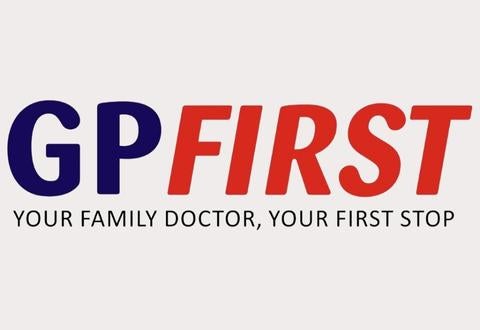Changi General Hospital will NEVER ask you to transfer money over a call. If in doubt, call the 24/7 ScamShield helpline at 1799, or visit the ScamShield website at www.scamshield.gov.sg.
Pressure Injury 101
- Issue 1
- Time does not heal all wounds
- Healed in the nick of time
- Checking Your Body For Wounds
- Pressure Injury 101
- Easing the pressure
- Eating your way to better healing of wounds
- From pandemic to endemic
- Moved by movement
- Tackling the Perils of Performance
- Take on 2022 with resilience
- A smart hospital for sustainable patient care
- Bringing GPFirst — a CGH Initiative — to the Nation
- Ouch! Does my wound need stitches?
- Understanding Diabetes
By: Ms Low Bee Geok, Community Nurse & Nurse Clinician, Changi General Hospital Wound Healing Centre

Pressure injuries afflict about 180 per 100,000 Singaporeans.
Not surprisingly, such injuries — also known as bed sores or pressure ulcers — are among the most common chronic wounds treated at the Changi General Hospital Wound Healing Centre. We address some frequently-asked questions on this topic.
What is a pressure injury?
A pressure injury refers to localised damage to the skin and its underlying tissues due to prolonged lying or sitting in the same position for long periods. A pressure injury is usually located over a bony area of the body. It begins as a small redness on the skin and can quickly develop to affect deeper tissues if proper care is not rendered.
What puts one at a higher risk?
You are at risk of getting a pressure injury if you:
- Are a senior, as the skin gets thinner and more fragile in old age
- Have medical conditions that cause poor mobility and/or blood circulation, for example, stroke, nerve or blood vessel disease
- Have poor nutrition and hydration
- Are underweight or overweight
- Have frequent contact with moisture due to diaper use
What happens if a pressure injury is left untreated?
When a pressure injury is left untreated, it can worsen and infection may set in, causing wounds to present with dead tissues and pus. The person may experience pain or discomfort, and show signs of lethargy or fever. These pressure injuries can take months or even years to heal — and as they worsen, they can become harder to treat.
In serious cases, sepsis may set in, which can be life-threatening. If the wound reaches the bone, it can cause a bone infection which would require a long course of antibiotics. In such circumstances, hospitalisation for treatment of the infection is necessary.

What causes a pressure injury?
Prolonged pressure: When pressure between the bony area and skin surface is not relieved due to prolonged sitting or lying down, blood supply is affected and causes soft tissues to die.
Shearing: Occurs when two surfaces move in opposite directions, for example, a person sliding downwards when the head of a bed is elevated.
Friction: Occurs when the skin is pulled or rubbed against another surface, causing damage to the outer layers of the skin.
How are pressure injuries treated?
Treatment varies at different stages, and should be reviewed by a healthcare professional regularly.
STAGE 1
- Apply hyper-oxygenated spray over the bony area three times daily while gently massaging the area for one minute.
- Use soft silicone foam dressing that provides cushion support to the affected area so as to reduce shear and friction.
- Keep heels off the bed surface by placing a pillow under the calves.
STAGE 2
A dressing is required to protect the pressure injury. It is vital to keep the dressing dry at all times, and to change it immediately when soiled. Seek professional advice if the wound does not improve after two to three days.
STAGE 3-4
A healthcare professional will need to regularly review the pressure injury, including any deep tissue injury and unstageable pressure injury. A treatment dressing regime will be prescribed.
Pressure injuries are classified by severity, from STAGE 1 to STAGE 4.
Sometimes a pressure injury does not fit into one of these stages.
Deep tissue injury: The skin appears intact but tissues underneath are damaged. Skin looks purple or dark red, or there may be blood-filled blisters.
Unstageable: The affected wound is covered by a layer of dead tissues that looks yellow, brown or black. The depth and stage of the wound can only be determined after the removal of dead tissue.
Stay Healthy With
© 2025 SingHealth Group. All Rights Reserved.


















